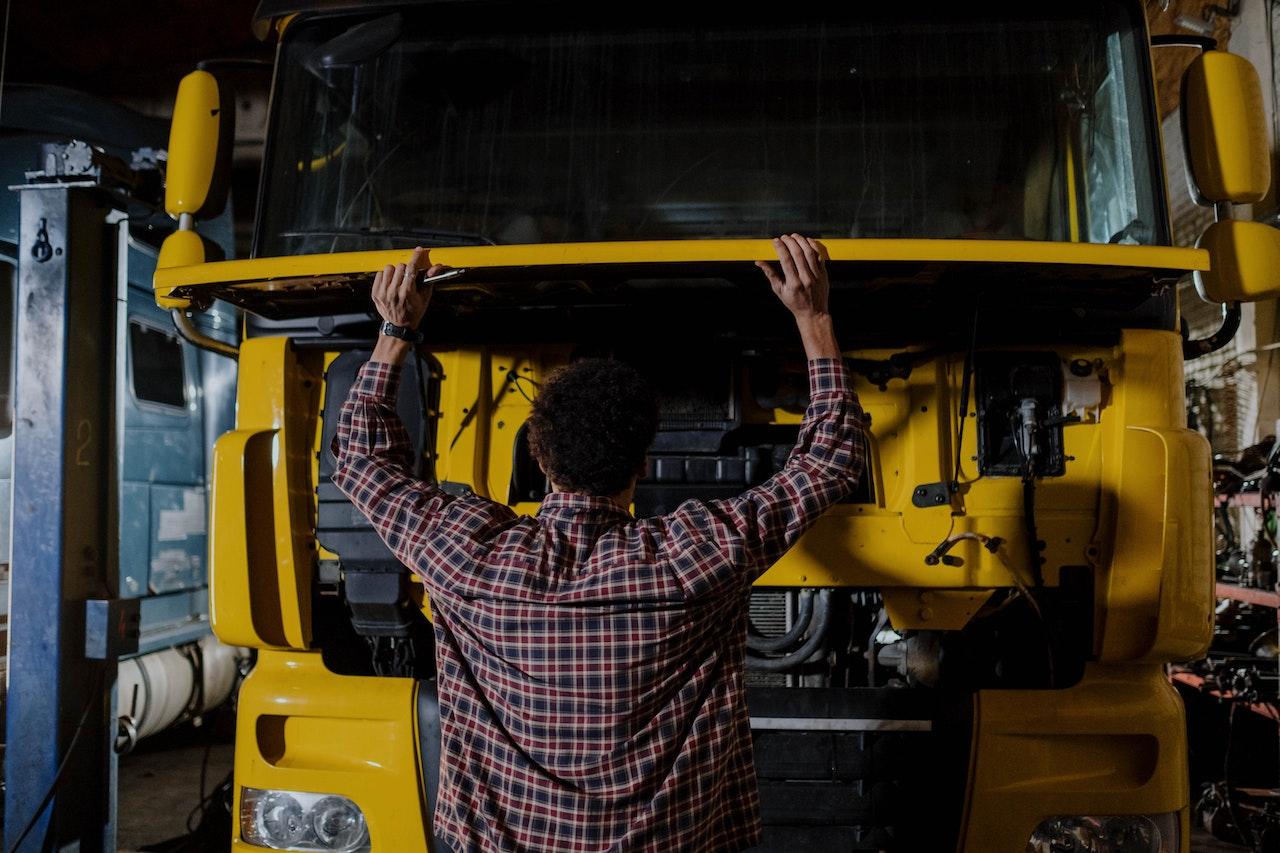Enhancing Trucking Industry Safety Standards and Practices
 All road users, truck drivers, and even the trucking industry’s reputation can benefit from enhanced safety standards and practices. If these safety standards are promoted effectively, everyone wins.
All road users, truck drivers, and even the trucking industry’s reputation can benefit from enhanced safety standards and practices. If these safety standards are promoted effectively, everyone wins.
After all, this is why regulatory authorities issue MCPs to motor carriers. Only those who ensure compliance with safety regulations and promote safe operations receive them. Here are some ways to promote and improve safety in the trucking industry as a business owner.
Focus on Driver Training and Check Qualifications
Truck drivers must continue their professional development and earn various certifications to increase their safety on the road and that of other drivers and pedestrians. When you have a new driver in the company, emphasize comprehensive training programs to cover their technical skills and safety-related knowledge.
Truck drivers don’t just need to be good at vehicle operation and handling but also be aware of hours-of-service regulations, hazard awareness, and defensive driving techniques.
Compliance with the Regulations
To enhance safety standards in the trucking industry, you must ensure that your truck drivers adhere to all applicable regulations and standards. This doesn’t mean only paying attention to hours of service to avoid fatigue but also keeping in mind vehicle maintenance, load securement, weight limits, and frequent alcohol and drug testing. Business owners need to regularly check and update policies and procedures to reflect the changes that might appear in regulations over time.
Use Safety Technology
Nowadays, plenty of useful tools on the market can help monitor driver behavior, access valuable data for analysis and improvement, and identify potential risks. Some of the most advanced safety technologies and equipment that you can use for your trucking company include:
- Electronic logging devices (ELDs)
- Telematics
- Collision avoidance systems
- Dashcams
- Blind-spot detection systems
These technologies are especially useful in preventing fatigue, which is a common cause of road accidents.
Fleet Maintenance and Regular Inspections
To keep your safety standards and practices high, ensure that you have maintenance programs to keep vehicles in optimal condition. Service your trucks when needed and regularly inspect the most important components of your vehicles, such as tires, brakes, lights, and others. By implementing a preventive maintenance schedule, you will keep your fleet in good shape. And since you will address any identified issues or recalls in a timely manner, you will earn more in the long term.
Continuous Development, Safety Culture, and Communication
Any organization that promotes a safety culture and allows for open communication encourages employees to take action regarding safety concerns. They will prioritize safety and report issues, increasing your safety standards.
This practice should also go hand-in-hand with safety training programs and other initiatives. Lastly, the most important aspect is to stay informed about the best safety practices related to the trucking and transportation industry. Provide your employees with the necessary materials and educate them on the current best safety practices and regulations.
- Oct 06, 2023
